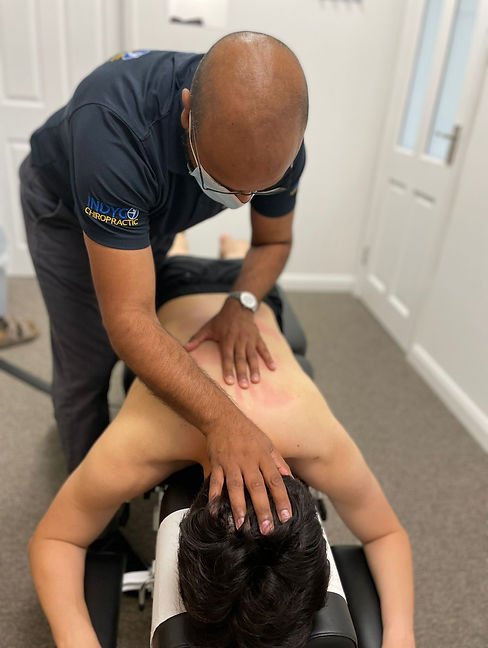
Soft Tissue & Myofascial Therapy
Soft tissue and myofascial therapy techniques, like massage and myofascial release, are hands-on treatments.
Soft tissue therapy encompasses various techniques that address soft tissues, including muscles, fascia, tendons, ligaments, and skin. Instrument-assisted approaches can also be utilised.
Myofascial release primarily uses gentle stretches and pressure to release restrictions in the fascia. Soft tissue therapy can utilize various techniques, including massage and instrument-assisted approaches.
Both therapies aim to improve tissue health and function, but they may have different priorities depending on the individual's needs.

Technique Application
Techniques are used to address muscle tension, pain, and restricted movement.
Myofascial release is a specialized form of massage that focuses on the fascia, the connective tissue that surrounds muscles, organs, and other body structures.
It works by applying gentle, sustained pressure and stretching to release tension and restrictions in the fascia.
These techniques can include massage, specific soft tissue massage (SSTM), instrument-assisted soft tissue mobilization (IASTM), and muscle energy techniques (MET).
While both therapies involve working with soft tissues, myofascial release specifically targets the fascia, while soft tissue therapy encompasses a broader range of tissues.
The Benefits
Pain Relief:
Muscle Tension and Adhesions:
By targeting tight muscles and areas of tension, these therapies can help release adhesions and knots, reducing pain.
Inflammation:
They can help reduce inflammation in the joints and surrounding tissues, further alleviating pain.
Trigger Points:
Myofascial release can help address trigger points, which are areas of muscle tightness that can cause referred pain.
Improved Range of Motion and Flexibility:
Fascial Release:
Myofascial release specifically targets the fascia, the connective tissue that surrounds muscles, helping to improve flexibility and overall range of motion.
Muscle Stretching:
Soft tissue therapy includes stretching and lengthening techniques to increase flexibility and range of motion.
Joint Function:
By releasing muscle tension, these therapies can improve the function and range of motion of joints.
Enhanced Performance and Recovery:
Muscle Function:
By releasing tension and adhesions, these therapies can improve muscle function and efficiency, leading to better performance.
Other Benefits
Athletic Performance:
They can be particularly beneficial for athletes, helping to prevent injuries, improve recovery, and enhance performance.
Stress Relief:
The gentle, slow-moving nature of these therapies can be relaxing and help reduce stress and tension.
Improved Circulation:
Soft tissue therapy can improve blood circulation, which is vital for nourishing tissues and removing waste products.
Reduced Muscle Spasms and Cramps: Soft tissue therapy can help relax muscles and reduce the occurrence of spasms and cramps.
Improved Sleep: By promoting relaxation and reducing tension, these therapies can help improve sleep quality.
Scar Tissue Reduction: Myofascial release can help break up scar tissue, improving tissue elasticity and function.
Posture Improvement: By releasing tension and addressing muscle imbalances, these therapies can help improve posture.
